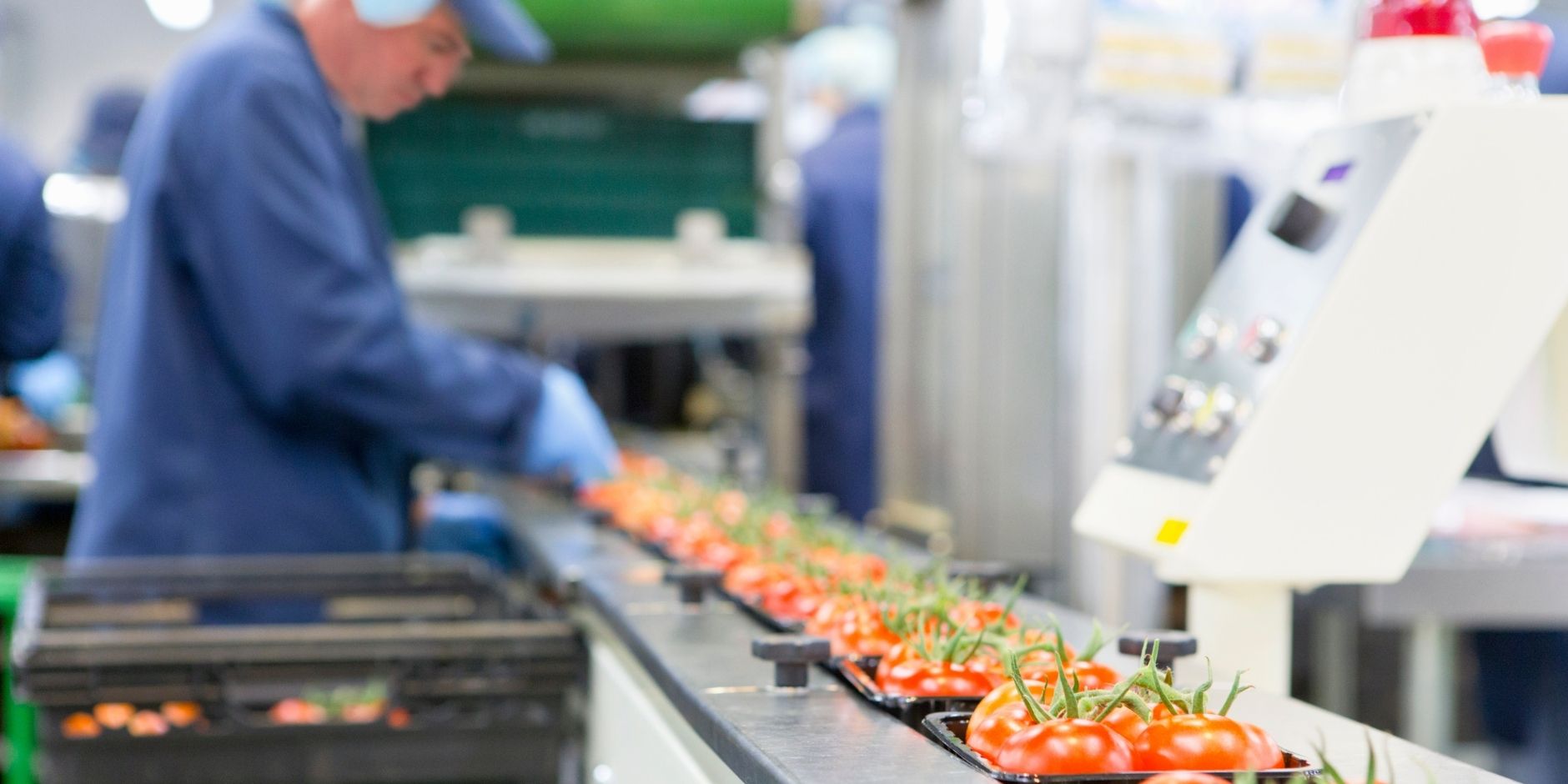This year, the FDA is expected to update Section 204(d) of the Food Safety Modernization Act (FSMA). At that time, anyone who manufactures, processes, packs, or holds foods from the Food Traceability List (FTL) will be required to continually track more information than what’s required today.
The expectation is that Key Data Elements (KDE) for all Critical Tracking Events (CTEs) in that food product’s journey would be created, recorded, forwarded, and stored — ready to be retrieved at a moment’s notice. Previously, the regulation only required data from one-up and one-back events.
To put it into perspective, the FDA has created this visual showing examples of the CTEs and associated KDE records required for common items like Fresh-Cut Romaine lettuce. In that example, there are six CTEs from the grower to the end retailer. Through each of those CTEs, a total of 202 KDE records would be required. For a 100-store retail chain, this could result in the accumulation of almost 11,000 KDEs in just a year’s time for just one lettuce SKU from one supplier through one distribution center. But when you consider that the average retailer has 200-500 suppliers and multiple distribution centers, the number of KDEs required could climb into the millions.
Where will this new data come from? Conventional wisdom might suggest a label-based approach. That would mean labeling and scanning each individual item as it moved through your store or warehouse, resulting in millions of scans per year and millions of KDE records that need to be created and stored. Imagine the labor required at the distribution center level if you had to scan in deliveries individually, possibly segregating inventories in new ways, and scanning every shipment out one at a time.
It’s easy to see the challenge ahead. Data sets will compound, especially for wholesalers and retailers working with a portfolio of products from each supplier and a supplier list that climbs into the hundreds or even thousands. But there is a more efficient solution.
Now, just where is that data?
From farm-to-table, ship-to-shore, or wholesaler-to-retailer, KDEs like batch/lot information, dates, times, and even addresses will be required for a wide variety of fresh produce, seafood, dairy products amongst others. That data can originate from suppliers in BOLs, ASNs, labeling systems, or even through an email.
Most wholesalers and retailers may think they have the “what” — the KDEs behind each CTE. But what if that data originates on paper or in an email? Regardless of where it comes from, it’s probably in the format that works best for your supplier. For example, the lot code is in the upper left corner of the Bill of Lading, maybe it’s in the middle for someone else, or in the lower right for another. Or, is it somewhere on an ASN?
Do you have the technology or workforce to extract and convert that information into traceable, digestible data? Is your digital data in a streamlined and accessible location?
That “how” — the method by which to gather, organize, and analyze that data — is what needs attention right now. There are no standards of how the required information needs to be sent. It’s a free-for-all. If you have hundreds of suppliers making deliveries of multiple items, each of those could contain the required information in a different place on a different type of document. How will that critical data get into your systems and how will you protect yourself when the FDA asks for that data?
With the patchwork of processes and technologies used by various suppliers, retailers and wholesalers will need to relocate and “translate” that data, then marry it with their own, and securely store it so that it’s ready when the FDA asks.
What’s more? For retailers, data sets will even be required when a product is received at each store, or transferred between departments. Doing this across hundreds or even thousands of products sounds like an impossible task.
ReposiTrak and the FTLC
In March 2021, ReposiTrak and some of the most successful retailers and wholesalers in the United States formed the Food Traceability Leadership Consortium (FTLC). Through months of research and collaboration, the FTLC identified common concerns and challenges stemming from the proposed FSMA 204 food traceability rule. Then, the FTLC worked to determine the set of guiding principles for any solution to aid with compliance of the new food traceability requirements:
- Low cost with little impact to consumer pricing
- Easy to implement
- Meet or exceed FDA guidelines
For more than 20 years, ReposiTrak has been solving supply chain collaboration challenges that involve tracking products from manufacturer and grower, all the way through to the retail store. Traceability functionality is a subset of our widely deployed and proven supply chain and compliance platform. Through the thought leadership and guidance of the FTLC, we’ve created the ReposiTrak Traceability Network: a solution for end-to-end product traceability.
No matter where you are on the pathway to tech-enabled, automated, end-to-end food traceability, now’s the time to prepare. FSMA 204 creates an opportunity for retailers and wholesalers to create a more transparent and safer food supply chain. Visibility into this information will streamline processes and build confidence in your brand among your business customers, and ultimately among end consumers.
Contact our experts today for more information on the ReposiTrak Traceability Network.

